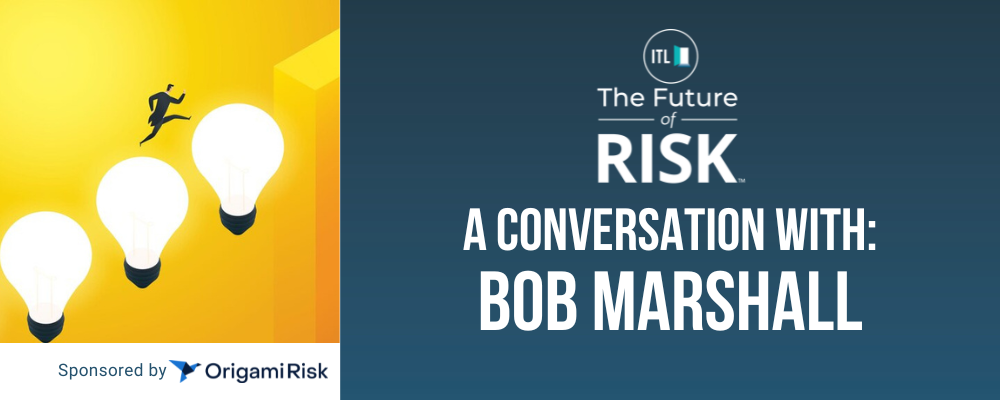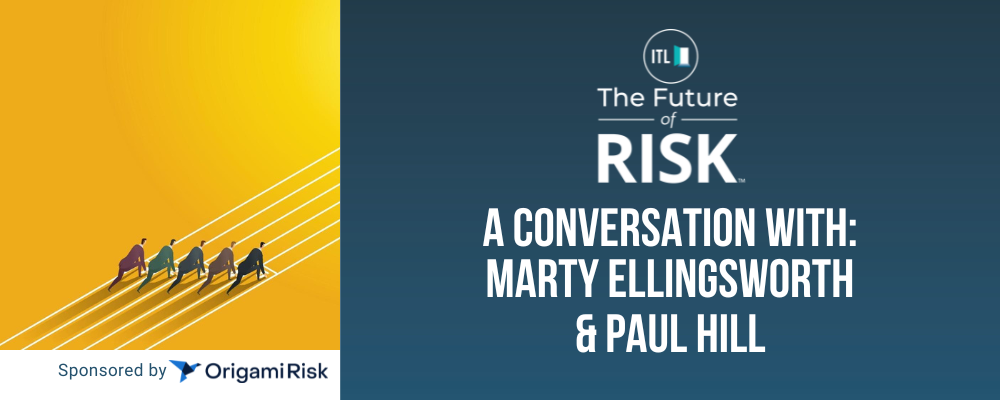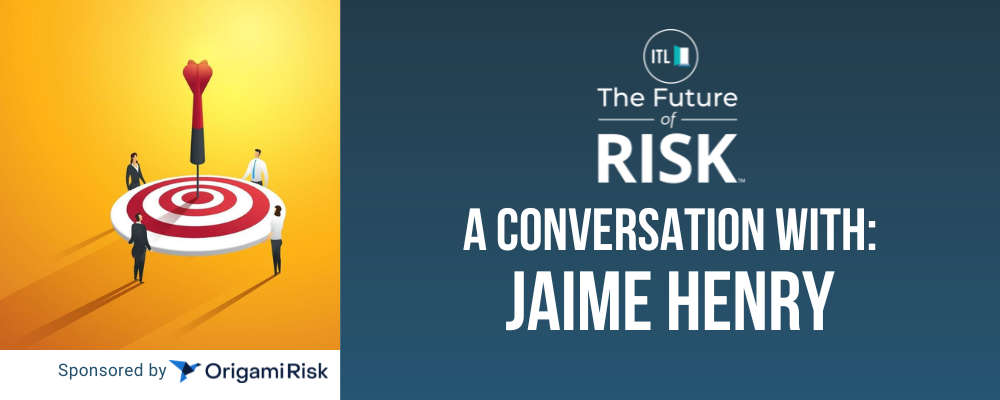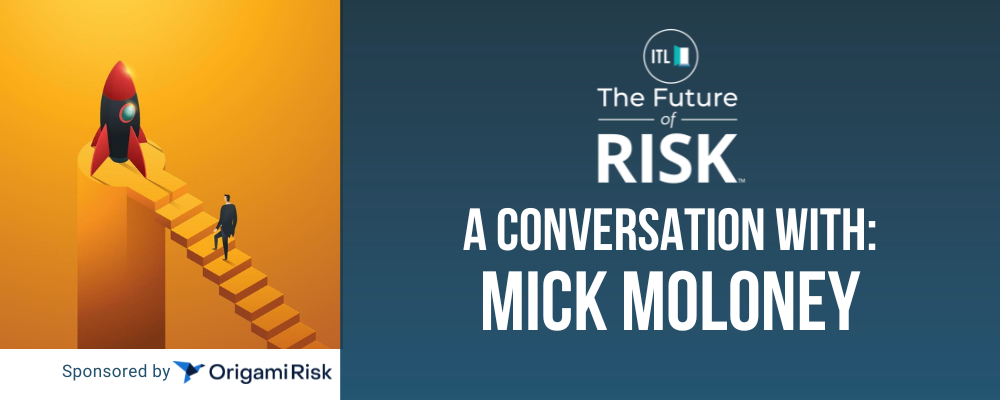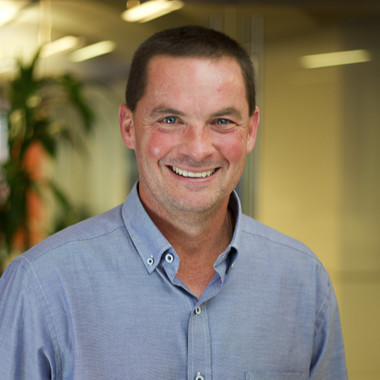 | Robert Marshall is the founder and CEO of Whisker Labs. Whisker Labs, a spinout of Earth Networks, delivers next-generation home energy intelligence technology to realize the full potential of the connected home. In 1992, Marshall co-founded AWS Convergence Technologies, the company that would become Earth Networks, by pioneering the networking of weather sensors and cameras using the internet. By developing groundbreaking technology to find "signals" — valuable, meaningful intelligence — in big-data "noise," Marshall improves people's lives and protects their livelihoods. He has appeared on CNN, BBC World News and ABC Nightly News and has been quoted in major news outlets that include the New York Times, the Washington Post, Nature and Scientific American. |
Paul Carroll
One of my goals for the Predict & Prevent movement is that it will be able to lay out a clear economic argument, showing that the savings are greater than the cost of the investment in prevention. You and the Insurance Information Institute, the Triple-I, recently reported on a study that found significant savings from installing your Ting devices in homes. Would you start us off by telling us what you found?
Bob Marshall
We document that Ting prevents 0.39 electrical fire claims per 1,000 home-years. If you multiply that by the severity, which has gone up considerably over recent years, then you get to $81 per year per home in savings from Ting.
That's obviously greater than the cost of a Ting, and that's why insurers love the idea. Not only does it protect their customers and create a great experience and good engagement, but it delivers a clear ROI, paying for itself and beyond.
Paul Carroll
And the benefits are actually greater than the cost savings on fire damage, right? Preventing a fire keeps a family out of danger and saves them from a huge amount of hassle and dislocation.
Bob Marshall
A fire is often devastating for the family. You could lose pets, you could lose lives, the whole thing.
The savings on the insurance side are higher than what's calculated there, too. There is also the cost to the agents, who often have to work with families every week for a year or more to try to itemize all the losses and damage from a catastrophic fire and help them recover.
The best claim is one that never happens. To the extent we can prevent fires, it's good for everybody.
Paul Carroll
You’ve said that people who install a Ting may become more open to other Predict & Prevent initiatives. I'll share a Triple-I blog on the topic, but would you briefly explain how that works?
Bob Marshall
Homeowners have an innate fear of fire, so when a carrier partner offers them Ting, they're very motivated to say, “Yes. I want that.”
We've worked really hard to deliver a simple and seamless experience for the homeowner. You just plug the Ting into the wall. Setup takes two minutes. Then we deliver valuable information every week with summary reports, power outage notifications, and other beneficial insights.
If you lead with Ting and the homeowner opts in and has a great experience, then when you follow with, say, water, they're much more likely to say, "Hey, I like this fire thing the carrier offered me. I think I'll do the water thing, as well."
Paul Carroll
What’s the latest on the number of homes you’re in?
Bob Marshall
We currently have over 1 million active homes in our network. We're consistently adding 40,000 to 50,000 homes per month, so we're growing very rapidly.
The ROI report was super important for us. Gathering enough data to document results is never easy when you're dealing with low-frequency perils such as fire and even water damage. You have to have a lot of data to properly document the loss prevention, but we have that now. We overcame a number of obstacles with that research and paper to make the results really clearly documented, which is awesome.
Paul Carroll
If you do the math, based on the current number of homes you serve and the prevention of .39 fire claims per 1,000 homes, you’re preventing some 400 fires a year. And the number will only grow as you expand your reach.
The last time we talked, a few months ago, 30 carriers were working with you to provide Tings to their customers. Where do you stand now?
Bob Marshall
I think we're at 34 now, and obviously going up. At this point, it's pretty clear most every carrier is going to work with us because Ting is proven to work.
We're trying to make the experience more seamless and easier for the carrier, because partnering and distributing loss-prevention devices isn’t something they naturally do. And I think we're pretty much there.
Paul Carroll
I assume it’s important for insurers that you automatically verify that a Ting is plugged into a wall socket and active, not just sitting in a box, unopened. I know home insurers struggle to not just know that an owner has a security system but that it’s activated.
Bob Marshall
Yes, absolutely. The way we structure our partnerships with carriers, Whisker Labs doesn't get paid if the Ting is not installed and active. We're structured in a way where we're 100% aligned.
Paul Carroll
What progress have you made in your international expansion efforts, and what challenges are you encountering given the different electrical standards globally?
Bob Marshall
We are working on opportunities to expand outside North America, though I can't talk about it too much. I think I'll have more to say on that in the coming months.
The electrical problems and fires are worse in many parts of the world. The electric codes are not as rigid. The buildings are older. The homes are older. The wiring is older. The voltage is higher, which creates more potential for the arcing that can cause fires.
The opportunity for us to prevent fires is even higher outside North America than it is here.
Paul Carroll
How does your technology help monitor electricity quality, particularly for data centers and other situations where reliable power is critical? I’ve read that increased demand is degrading quality.
Bob Marshall
We are doing a ton of work in that regard. Bloomberg actually did a comprehensive analysis a few months ago using our Ting data along with a database of data centers. What's clear is that the power quality for homes in the vicinity of data centers is materially worse.
With bad power quality, your large appliances like air conditioners, water heaters, refrigerators—anything with a motor—their energy efficiency is materially reduced. Air conditioners are half of the energy used in a home. If you reduce their energy efficiency by 15% or 20%, that's a material cost to the homeowner that is hidden. We also see that other power-quality problems—outages, power surges, brownouts—happen much more often where the grid is stressed in the vicinity of data centers. Our preliminary analysis suggests that costs to homeowners from poor power quality can be up to $1,000 per year.
It's not exclusively near data centers. In general, with the grid becoming more stressed because of the demands and complexity, we're seeing a decrease in the power quality that is very clear and unambiguous.
Paul Carroll
Your network of sensors is proving to be useful in pinpointing grid problems that could lead to wildfires, such as the Lahaina and Eaton Fire disasters. What progress have you made in delivering this critical information to utilities ahead of time rather than retroactively?
Bob Marshall
We are working extraordinarily hard on solving the problem, and we are making some progress.
One key issue is trying to pinpoint the exact source of any given fault that could cause a wildfire. We can do that reasonably well, though we still have work to do.
When you look at cases like Lahaina and Eaton, our data shows that the entire grid was under incredible stress and was experiencing a high frequency of faults for many hours in advance of the wildfire ignitions. Faults occur when tree limbs touch a wire or wires touch each other, and each incident can produce a spark that ignites a wildfire. Most don't, or we'd have wildfires everywhere.
What our data could help utilities with very quickly is seeing when their grid is stressed and making better decisions about shutting off the power. If you shut the power off, there's no energy to create the spark that causes the fire.
For some of these devastating wildfires, the only solution is to prevent the spark, because when you have 70 mile-an-hour winds and dry brush, there's no way to stop a fire once it starts. There's no amount of water or firefighters that can contain it. But that's a tough decision to turn off power to any community, and utilities have for decades focused on keeping power on essentially at all costs.
Paul Carroll
Any closing thoughts on the industry’s move toward a Predict & Prevent model?
Bob Marshall
We're excited, and we really appreciate that The Institutes, Triple-I, and the insurance sector are embracing the Predict & Prevent future.
I think that vision is so key, and the direction that you all have helped establish is truly taking hold. We're pleased to be able to make our contribution to it and hopefully help drive it forward.
Paul Carroll
Thanks, Bob. I always feel more encouraged after we talk.


